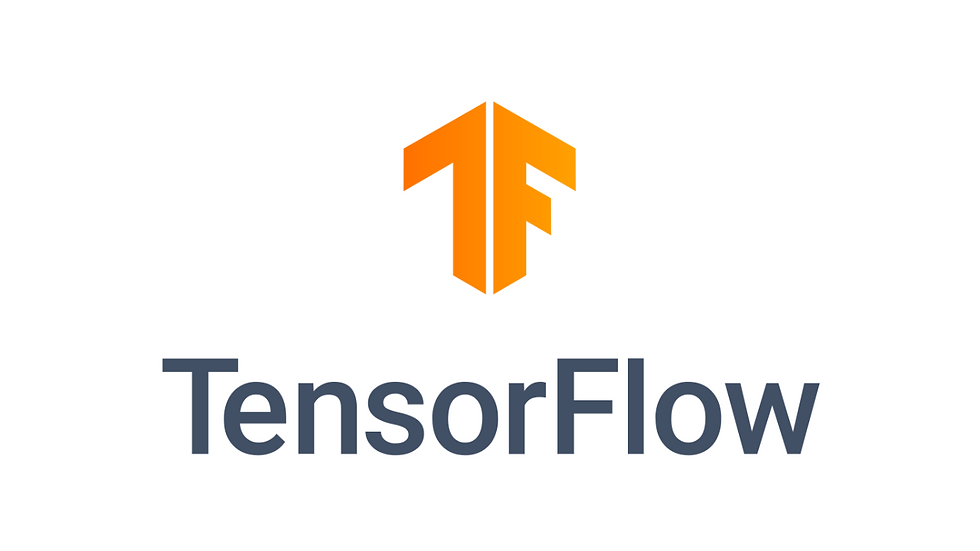Building machine learning models is one of the most exciting and challenging aspects of working with TensorFlow. TensorFlow is a powerful open-source software library that provides a flexible and efficient platform for building a wide range of machine learning models. In this article, we will discuss the process of building models in TensorFlow, including model architecture and design, model building with TensorFlow, and implementing deep neural networks.

Model Architecture and Design
Model architecture and design is a critical step in the machine learning model-building process. The model architecture defines the structure of the model and how it will process input data to produce output predictions. There are several factors to consider when designing the model architecture, such as the size of the input data, the complexity of the problem being solved, and the available computational resources.
One common approach to designing a machine learning model is to use a pre-existing architecture that has been shown to perform well on similar tasks. For example, if you are working on an image classification problem, you might use a pre-trained convolutional neural network (CNN) like VGG16 or ResNet50 as the base architecture and then fine-tune it for your specific task.
Model Building with TensorFlow
Once you have a model architecture in mind, the next step is to build the model using TensorFlow. TensorFlow provides a high-level API called Keras that simplifies the process of building and training models. With Keras, you can define the model architecture using a few lines of code, and then compile it to specify the loss function, optimizer, and evaluation metrics.
Here's an example of building a simple neural network using Keras in TensorFlow:
import tensorflow as tf
from tensorflow import keras
# Define the model architecture
model = keras.Sequential([
keras.layers.Dense(64, activation='relu', input_shape=(784,)),
keras.layers.Dense(10, activation='softmax')
])
# Compile the model
model.compile(optimizer='adam',
loss='categorical_crossentropy',
metrics=['accuracy'])In this example, we define a two-layer neural network with 64 neurons in the hidden layer and 10 output neurons (one for each class in the classification task). We use the Sequential model to define the layers and the Dense layer to define the neurons. Finally, we compile the model with the adam optimizer, categorical_crossentropy loss function, and accuracy metric.
Implementing Deep Neural Networks
Deep neural networks (DNNs) are a subset of machine learning models that are particularly well-suited for complex tasks like image recognition, speech recognition, and natural language processing. DNNs are composed of multiple layers of neurons that perform increasingly complex feature extraction as the data flows through the network.
TensorFlow provides several built-in functions and classes for implementing deep neural networks, such as convolutional layers, pooling layers, and recurrent layers. You can also define custom layers and loss functions in TensorFlow to build more specialized models.
Here's an example of building a deep convolutional neural network using Keras in TensorFlow:
import tensorflow as tf
from tensorflow import keras
# Define the model architecture
model = keras.Sequential([
keras.layers.Conv2D(32, kernel_size=(3, 3), activation='relu', input_shape=(28, 28, 1)),
keras.layers.MaxPooling2D(pool_size=(2, 2)),
keras.layers.Conv2D(64, kernel_size=(3, 3), activation='relu'),
keras.layers.MaxPooling2D(pool_size=(2, 2)),
keras.layers.Flatten(),
keras.layers.Dense(128, activation='relu'),
keras.layers.Dense(10, activation='softmax')
])
# Compile the model
model.compile(optimizer='adam',
loss='categorical_crossentropy',
metrics=['accuracy'])In the above example, we define a deep convolutional neural network for image classification. The model includes two convolutional layers, two max-pooling layers, and two dense layers. We use the Conv2D layer for the convolutional layers, the MaxPooling2D layer for the pooling layers, and the Dense layer for the dense layers. Finally, we compile the model with the adam optimizer, categorical_crossentropy loss function, and accuracy metric.
In conclusion, building machine learning models with TensorFlow can be a complex and challenging process, but it is also incredibly rewarding. With the help of tools like Keras and TensorFlow's built-in functions and classes, you can easily build and train powerful machine learning models that can solve a wide range of problems. By understanding the principles of model architecture and design, model building with TensorFlow, and implementing deep neural networks, you will be well-equipped to tackle even the most difficult machine learning tasks.

Comments